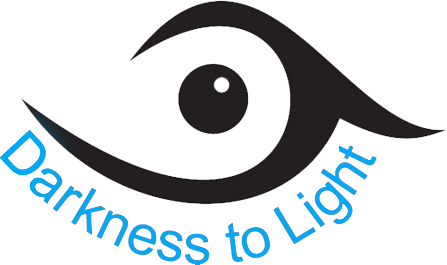
Diabetic retinopathy
Diabetic retinopathy (die-uh-BET-ik ret-ih-NOP-uh-thee) is a diabetes complication that affects eyes. It’s caused by damage to the blood vessels of the light-sensitive tissue at the back of the eye (retina).
At first, diabetic retinopathy may cause no symptoms or only mild vision problems. Eventually, it can cause blindness.
The condition can develop in anyone who has type 1 or type 2 diabetes. The longer you have diabetes and the less controlled your blood sugar is, the more likely you are to develop this eye complication.
Diabetic Retinopathy Symptoms
You can have diabetic retinopathy and not know it. This is because it often has no symptoms in its early stages. As diabetic retinopathy gets worse, you will notice symptoms such as:
You can have diabetic retinopathy and not know it. This is because it often has no symptoms in its early stages. As diabetic retinopathy gets worse, you will notice symptoms such as:
- Seeing An Increasing Number Of Floaters,
- Having Blurry Vision,
- Having Vision That Changes Sometimes From Blurry To Clear,
- Seeing Blank Or Dark Areas In Your Field Of Vision,
- Having Poor Night Vision, And
- Noticing Colors Appear Faded Or Washed Out Losing Vision.
Diabetic retinopathy symptoms usually affect both eyes.


The Medical Retina team diagnoses, monitors and treats conditions that affect the lining of the back of the eye, called the retina. Common conditions include age related macular degeneration, diabetic retinopathy, retinal vein occlusion and inherited retinal diseases.
The team comprises Ophthalmologists and non-medical, Retina Specialist Practitioners, Specialist Optometrists and Medical Illustration staff.
When required, treatment options for retinal conditions most often involve laser, drugs and/or surgery. A number of conditions are treated by injections of drugs into the eye itself. These not only help to stabilise vision but can also improve vision in some cases.
Astigmatism is a common vision condition that causes blurred vision. It occurs when the cornea (the clear front cover of the eye) is irregularly shaped or sometimes because of the curvature of the lens inside the eye.
An irregularly shaped cornea or lens prevents light from focusing properly on the retina, the light-sensitive surface at the back of the eye. As a result, vision becomes blurred at any distance. This can lead to eye discomfort and headaches.
Astigmatism frequently occurs with other vision conditions like myopia (nearsightedness) and hyperopia (farsightedness). Together these vision conditions are referred to as refractive errors because they affect how the eyes bend or “refract” light.

The curvature of the cornea and lens bends the light entering the eye in order to focus it precisely on the retina at the back of the eye. In astigmatism, the surface of the cornea or lens has a somewhat different curvature.
the surface of the cornea is shaped more like a football instead of round like a basketball, the eye is unable to focus light rays to a single point. Vision becomes out of focus at any distance.
In addition, the curvature of the lens inside the eye can change, resulting in an increase or decrease in astigmatism. This change frequently occurs in adulthood and can precede the development of naturally occurring cataracts.
Sometimes astigmatism may develop following an eye injury or eye surgery.




